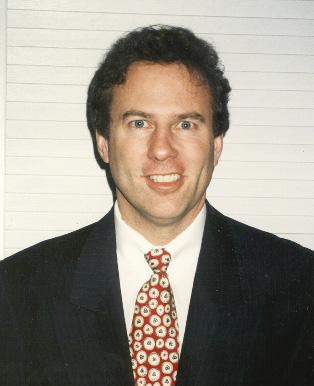New Plays For Old Stakeholders: Application and Other Opportunities
A tremendous amount of money and power in the hands of a very small number of content, operator, and other players is at real risk, as several other pay TV stakeholders position their futures to challenge these incumbents.
The new challengers include those in sectors such as consumer electronics (CE), wholesalers and retailers, and others in the TV chain who are seeing these new opportunities.
Looking at the present day U.S. pay TV ecosystem, no less than a total of seven large companies control the nearly 90% of the subscribers within the pay TV operator side of the business. These include, in order of subscriber holdings, Comcast, (CMCSA), DirecTV (DTV), Dish Network (DISH), Time Warner Cable (TWC), Cox (privately held), Charter (CHTR), and Cablevision (CVC).
Looking at their programming partners, seven companies control almost 90% of the commercial video viewed today, i.e., in order of video share, Time Warner (TW), Disney/ABC (DIS), Comcast (CMCSA), News Corp./Fox (NWS), NBCU (GE), CBS (CBS) and Viacom (VIA).
And, according to iSuppli, seven more Internet Service Providers control three-quarters of the global market for that service. These include, in order of ISP subscriber holdings, again (recognize some common companies and symbols here?), Comcast (CMCSA), AT&T (T), Time Warner Cable (TWC), Verizon (VZ), Charter (CHTR), Cox (privately held), and Quest (Q).
Put another way, there’s a lot of power concentrated at the top among a very small handful of players in the U.S. and global video distribution marketplaces. And although those players are being careful not to jeopardize the models and relationships that currently fund their coffers, things are happening in the marketplace today that will cause transitions never before thought of. Things are happenings that they may not be able to control.
For example, big CE manufacturers are looking at the dumb viewing monitors they once made and noticing that there’s an opportunity for those to become smart (and more profitable, perhaps in the form of millions or more of monthly recurring revenues). Together with the inevitable pressure to eliminate set-top boxes altogether, the TV monitor of tomorrow is expected to replace the STB and to have not only traditional broadcast and pay TV inputs, but Internet and Over-The-Top access, as well.
With that comes a plethora of application opportunities. Take that one step further toward applications that users pay the Samsungs and the Panasonics and the Sonys of the world monthly to receive, and all of a sudden all the eggs are not residing exclusively in the baskets of the traditional few.
For another example, a Sears or a WalMart selling TV monitors might also want to get into the game with an application that they could somehow control, and thus make a hefty monthly profit from. Walmart’s purchase of and relationship with Vudu might described as an example of this kind of a relationship.
What I am saying is that there is an awful lot of change in the wind, and that not only means a lot of worries for the traditionalists, but also a lot of opportunities for new businesses, and for old businesses that can think differently.
Jimmy Schaeffler is chairman and CSO of Carmel-by-the-Sea-based consultancy The Carmel Group.
Multichannel Newsletter
The smarter way to stay on top of the multichannel video marketplace. Sign up below.
Jimmy Schaeffler is chairman and CSO of The Carmel Group, a nearly three-decades-old west coast-based telecom and entertainment consultancy founded in 1995.

